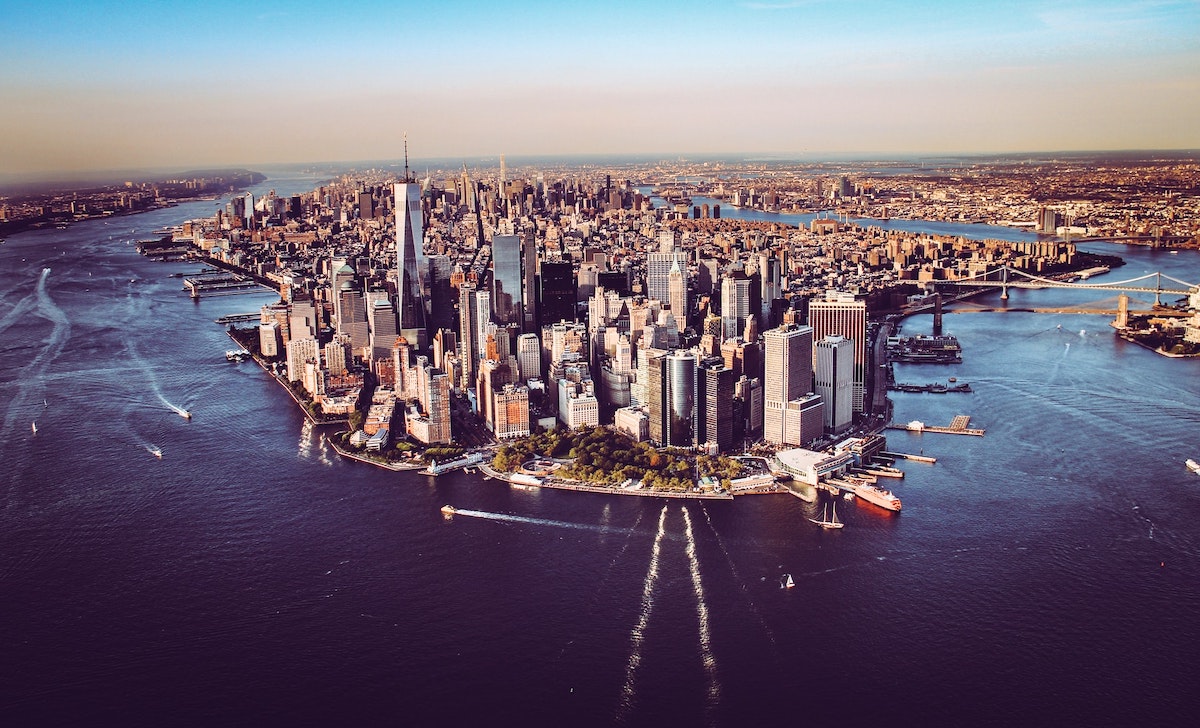2019 witnessed the enactment of the Climate Mobilization Act, of which a potent part was the Local Law 97. The law aims to put hard caps on all building types essentially – residential and/or commercial that are larger than 25,000 square feet. The law is to soon get implemented in 2024 to smoothen its way onto harsher compliances due in 2050 – 80% carbon reduction! Through the various surveys being carried out, many buildings have been reported to be well over the permissible limit mandating immediate and expedited action in order to become compliant ready.
Which properties are affected?
1. Buildings over 25,000 square feet
2. Two or more buildings on the same tax lot that together exceed 50,000 square feet
3. Two or more condominium buildings governed by the same board of managers that together exceed 50,000 square feet
Who is exempted?
The following building types are not required to comply with Local Law 97:
- A classified religious place of worship
- Nonprofit hospitals and healthcare facilities
- Industrial buildings are used predominantly to generate electric power or steam
- Rent-regulated housing
- Housing that is owned by (or on land owned by) the NYC housing authority
- Buildings that are part of a federal housing program
- Housing Development Fund Corporation (HDFC) properties
- Multi-family dwellings of 3 stories or lower, with no central HVAC or hot water system
How to Avoid Fines?
1. Adhere to the timeline
The building limits have been finalized for the year 2050, but the law still takes an incremental approach to carbon reduction by setting progressive, periodic goals. This means that the first two goals have been set for the years 2024-2029, and 2030-2034. For the following years of 2035-2050, the emissions limit will be set in 2023. The law requires that all buildings submit an energy report by May 1 every year which has the certification of an expert.
2. Not complying is more expensive
First of all, it is a penal offense with fines designated by The City at $268 per metric ton for the exceeded carbon footprint! Defaulters will be fined also for submitting false reports and worse, for not submitting a report. You can calculate your building’s fine by converting its carbon footprint from kg to metric tons ( divide by 1,000) and then multiply the difference between the limit and your actual carbon footprint by $268. From 2025 onwards, an emissions intensity report (sanctioned by a registered design professional) will need to be submitted as well.
These simple ways assist carbon reduction and compliance:-
1. Get an energy audit and building recommissioning
An energy audit is an identification, survey, and analysis of the energy usage of a building that is carried out to optimize its efficiency. In other words, it helps maintain the same level of output while minimizing consumption. It also guarantees a reduction in terms of cost to the building owner and carbon footprint to the planet, respectively.
Energy audits are performed to maximize cost-effectiveness prioritizing health, safety & comfort. Experts complete a comprehensive diagnosis using cutting-edge technology to thoroughly evaluate & rectify the situation at hand. These are mandated to be performed by highly trained contractors as they own the necessary knowledge and skillset to precisely estimate potential savings.
2. Maintain the HVAC
HVAC stands for Heating, Ventilating, and Air-conditioning and these are alone responsible for more than 40% of energy consumption. The most low-hanging fruit is investing in the labeled products that help save up to 16% of energy. This further translates to a monthly saving of at least $100.
- 3. Energy Efficient Appliances
Appliances are responsible for 13-30% of the building’s energy consumption. Customers must pay heed to two things – the initial price and the annual operating cost. Even though the energy-efficient appliances might cost you more on the purchase, they provide financial respite in the long run for their operating costs are often 10-25% lesser.
4. Insulation
The exterior cover of a building should be designed to lower heating and cooling as needed. The goal should be to make the building as airtight as possible. This can be achieved by replacing doors and windows to avoid air leaks in the existing buildings. However high-performance insulation along with non-traditional wall systems which offer additional insulation can be an alternative solution.
5. LED Lights
Most LED projects are executed with the sole aim of saving on electricity. However, LED lights also bring in several safety benefits, which is why most audits will suggest switching up the lighting.
1. They have a lower power consumption because of which they emit less heat. This implies that there are lesser chances of it starting a fire.
2. As opposed to other conventional lamps that require glass in their respective designs, LED lighting has no such prerequisites and can be modeled utilizing much safer products. This also makes them shatterproof.
3. Owing to their low consumption, LED lighting also runs successfully on a power back, for a very long time. This is nothing short of a life-saving hack for during those blackouts!
The pathway to compliance with Local Law 97 is rather long drawn and mingled with prior compliances with other laws, most importantly it is the law with one of the highest penalties. The Cotocon Group promises expert counsel of only the very experienced and skilled to make the whole process smooth and seamless.


